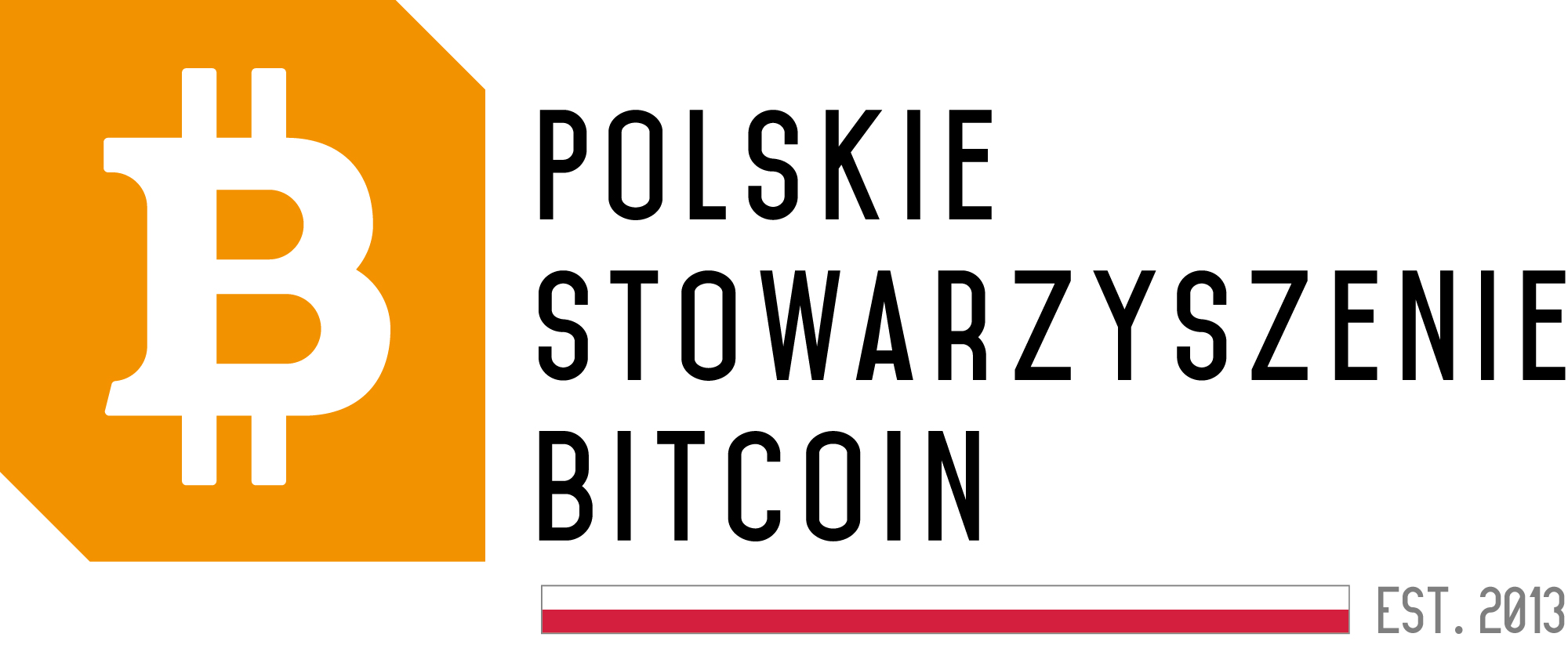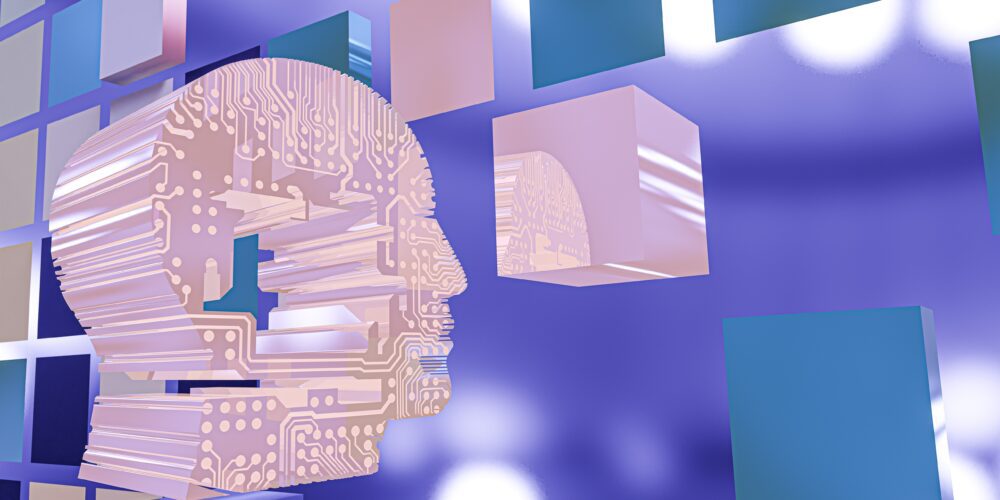Block lattice (Nano)
Block lattice is a unique data structure utilized by Nano, a cryptocurrency known for its scalability, low transaction fees, and instant transactions. Unlike traditional blockchain systems, which rely on a single chain of blocks to record transactions, Nano’s block lattice uses a directed acyclic graph (DAG) to manage individual accounts and transactions separately.
How Does Block Lattice Work?
In the Nano network, each account has its own blockchain, called an account-chain, where only the owner of the account can add new blocks. When a transaction occurs, a sender creates a block that subtracts the transaction amount from their account and sends it to the recipient by creating a corresponding receive block on the recipient’s account-chain. This structure allows for parallel processing of transactions, enabling fast and efficient throughput.
One of the key benefits of the block lattice architecture is that it eliminates the need for miners or validators to confirm transactions, making Nano a fee-less and environmentally friendly cryptocurrency.
Scalability and Security
Due to its lightweight design and lack of mining requirements, Nano is able to achieve high scalability with instant transaction finality. Each user maintains their copy of the ledger, eliminating the need for global consensus and reducing the risk of centralization. This decentralized approach enhances security and protects the network from common attacks, such as double-spending and transaction censorship.
Consensus Mechanism
Nano utilizes a unique consensus mechanism called Open Representative Voting (ORV). Instead of mining or staking, users can delegate their voting power to a representative of their choice. Representatives participate in the voting process to confirm transactions and maintain the network’s integrity. This lightweight and efficient consensus mechanism ensures fast transaction confirmation without the need for energy-intensive computational work.
Overall, the block lattice architecture of Nano offers a promising alternative to traditional blockchain systems, providing a scalable, secure, and eco-friendly platform for peer-to-peer transactions.
By combining innovative technology with a user-centric approach, Nano aims to revolutionize the way digital assets are transferred and managed, paving the way for a more efficient and inclusive financial ecosystem.






